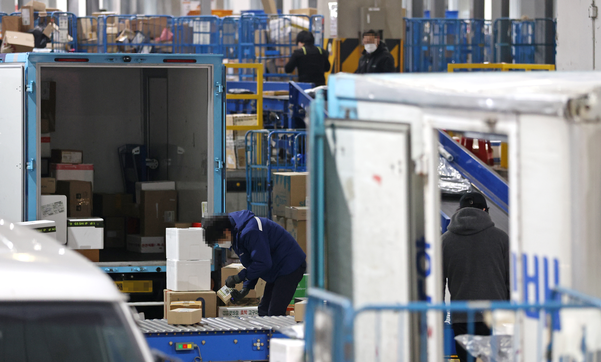Enter 2021.01.20 12:12 | Revision 2021.01.20 12:19
According to the industry on the 20th, negotiations on the responsibility for sorting parcels were not reached at the 5th meeting of the social consensus body to discuss ways to improve the working environment for parcel workers. Accordingly, the courier union entered a vote for and against the general strike from 0 am on the 20th.
On the day, the parcel delivery union said, “The voting for and against the industrial action has begun at the polling places installed in 200 terminals and post offices across the country.”

The labor union has demanded that the courier be fully responsible for the sorting workforce called’Kadaegi’, stop night delivery and allow delayed delivery, and normalize delivery charges.
The government plans to persuade the couriers again on this day. It is a policy to draw even a minimum agreement by discussing incentives such as realization of delivery costs.
However, the parcel delivery union maintains the position that it will not proceed with an agreement unless the parcel delivery companies bear all the expenses related to the sorting process. An industry insider said, “It is difficult to come up with a single agreement because the situation such as the classification work manpower input plan and the presence or absence of automation facilities are different for each company.”
